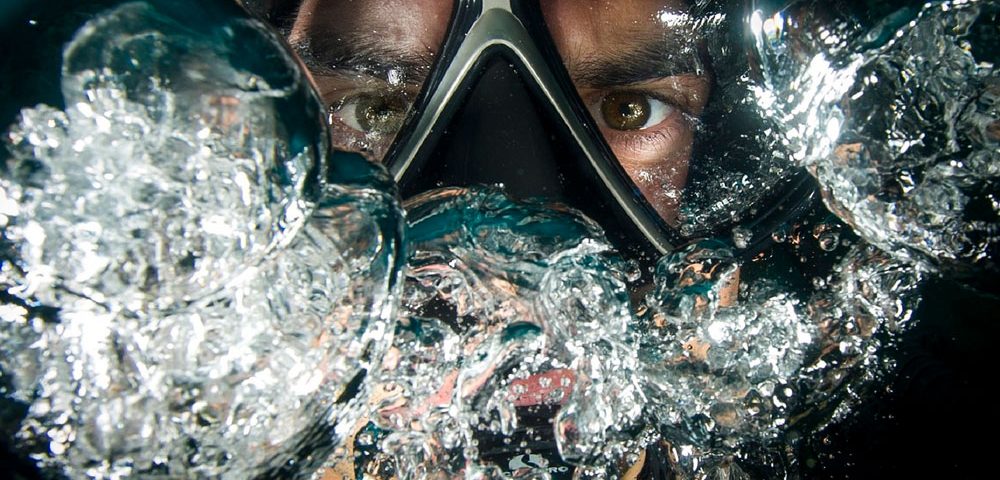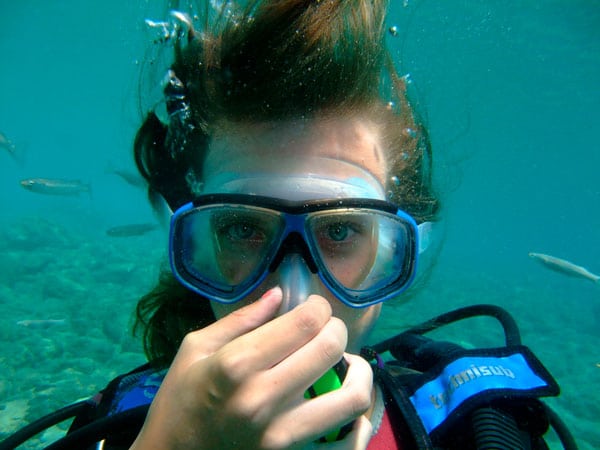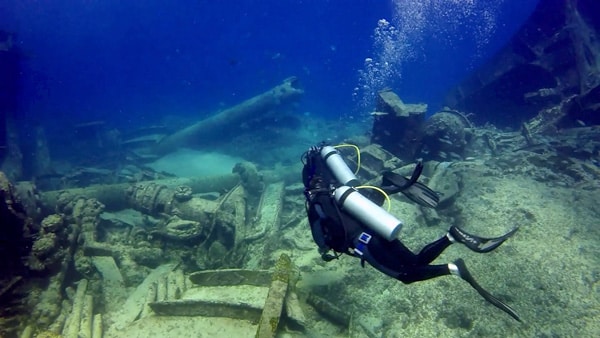It is obvious you know how to breathe. However, how breathing works is not as known. The cells of the human body need oxygen to live, we get this oxygen when we inhale. At the same time, you need to remove the CO2 particles and we do this when we exhale. If we do not eliminate these particles at the same speed our body produces them, the brain will demand our lungs to breath faster. We can affirm then; CO2 is the main reason for making us breathe.
1) It is time for the first of the scuba tech tips. It is quite simple: Never hold your breath. If you did, you would just accumulate carbon dioxide in your body and your brain would not allow this. In that case, it would order your lungs to breath faster and we do not want that to happen.
2) There are different causes that increase CO2 particles in the body. The most important ones are muscle movements, being cold and stress. Therefore, our scuba tech tips to improve your diving air consumption are: relax, reduce movements and wear the correct exposure suit, It’s that simple.
3) Putting under control your buoyancy, position and propulsion, is very important to reduce movement and the production of carbon dioxide. With good buoyancy control, your breathing will be relaxed and you will improve your diving air consumption. Fantastic! Isn’t it?








